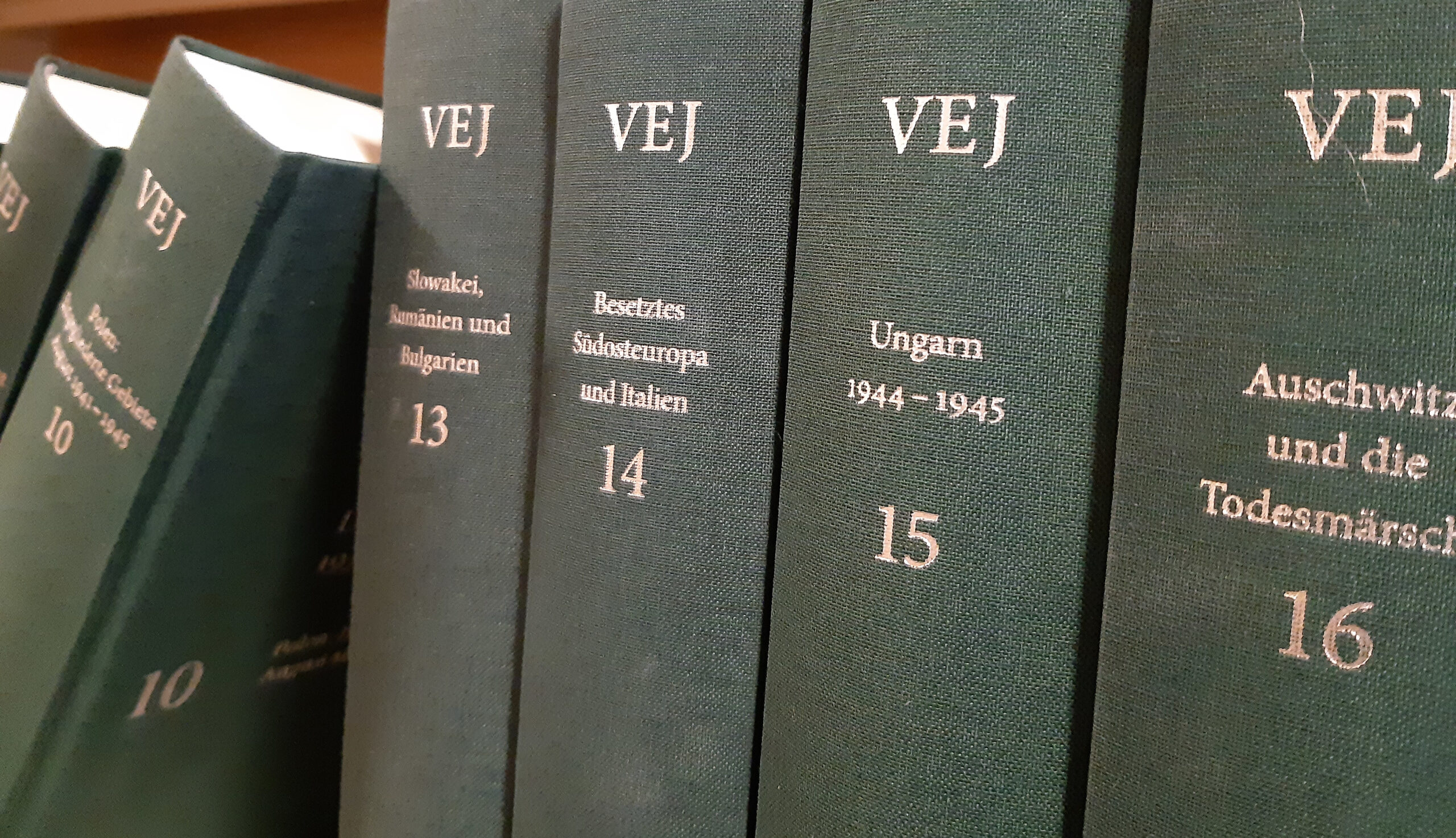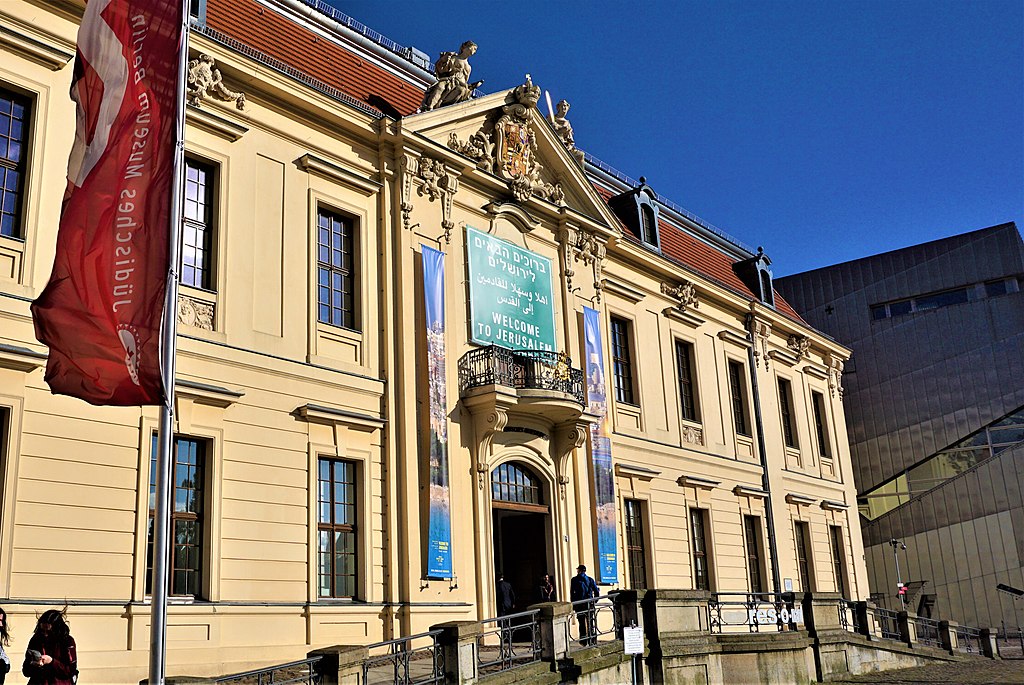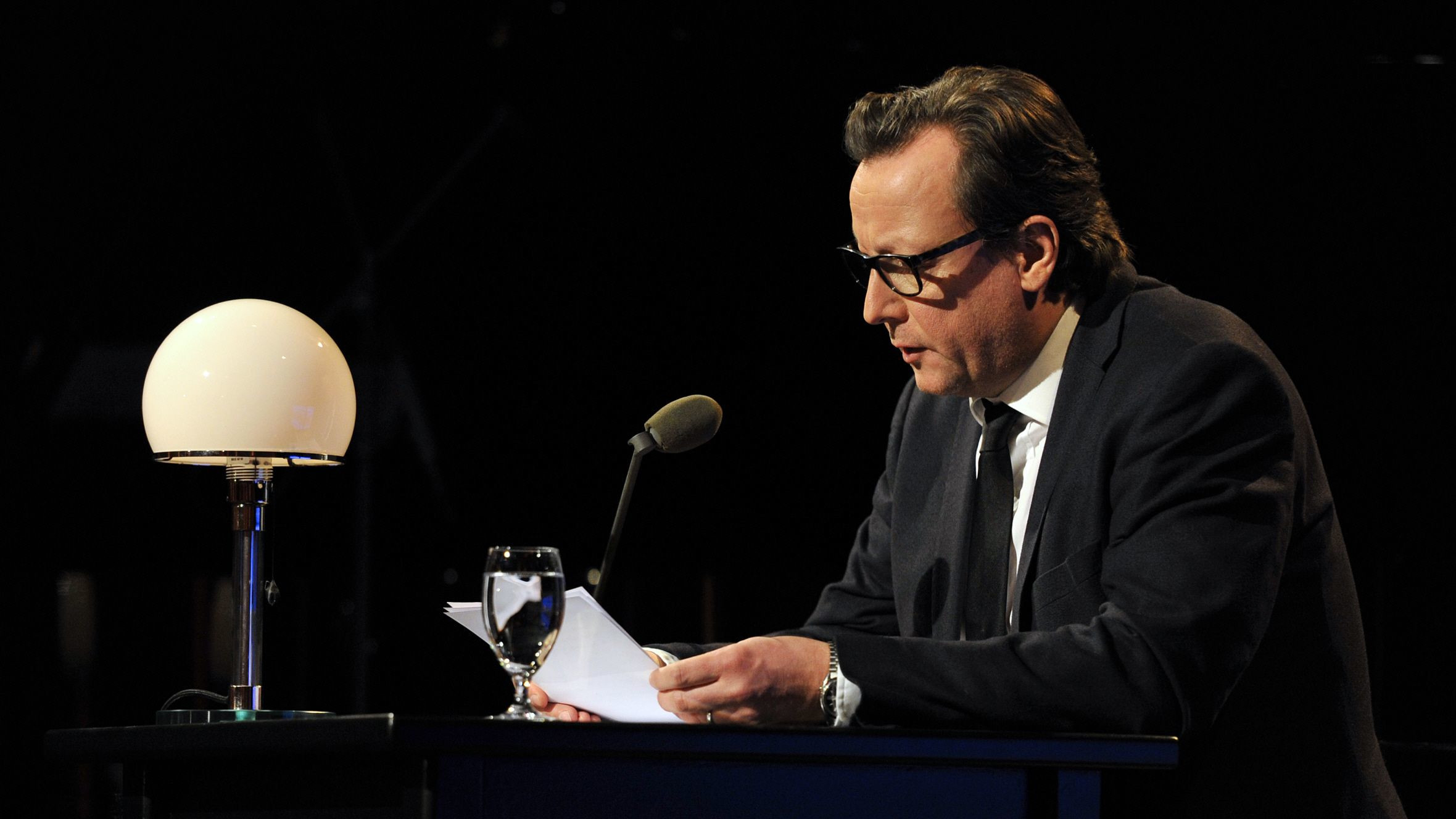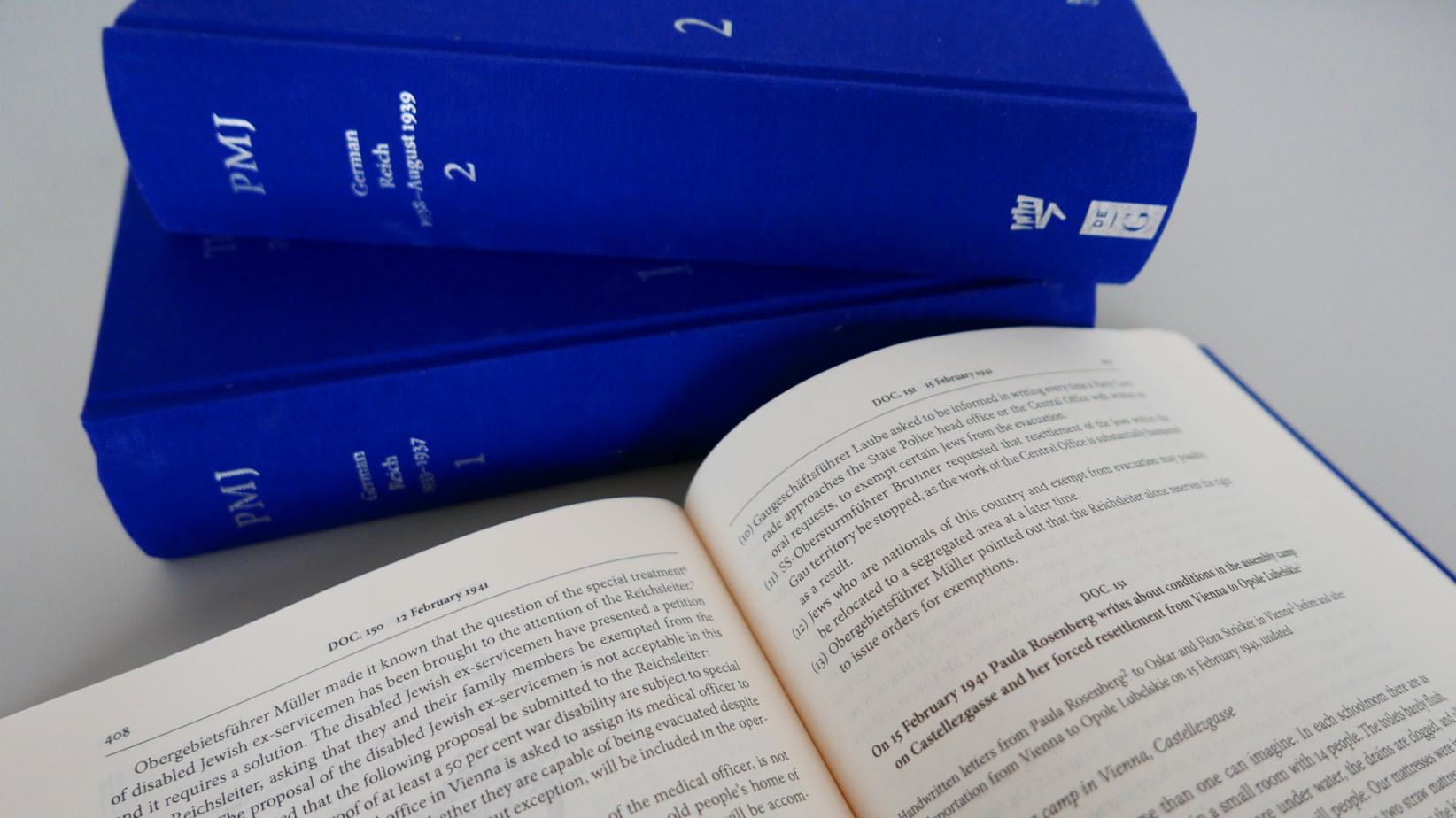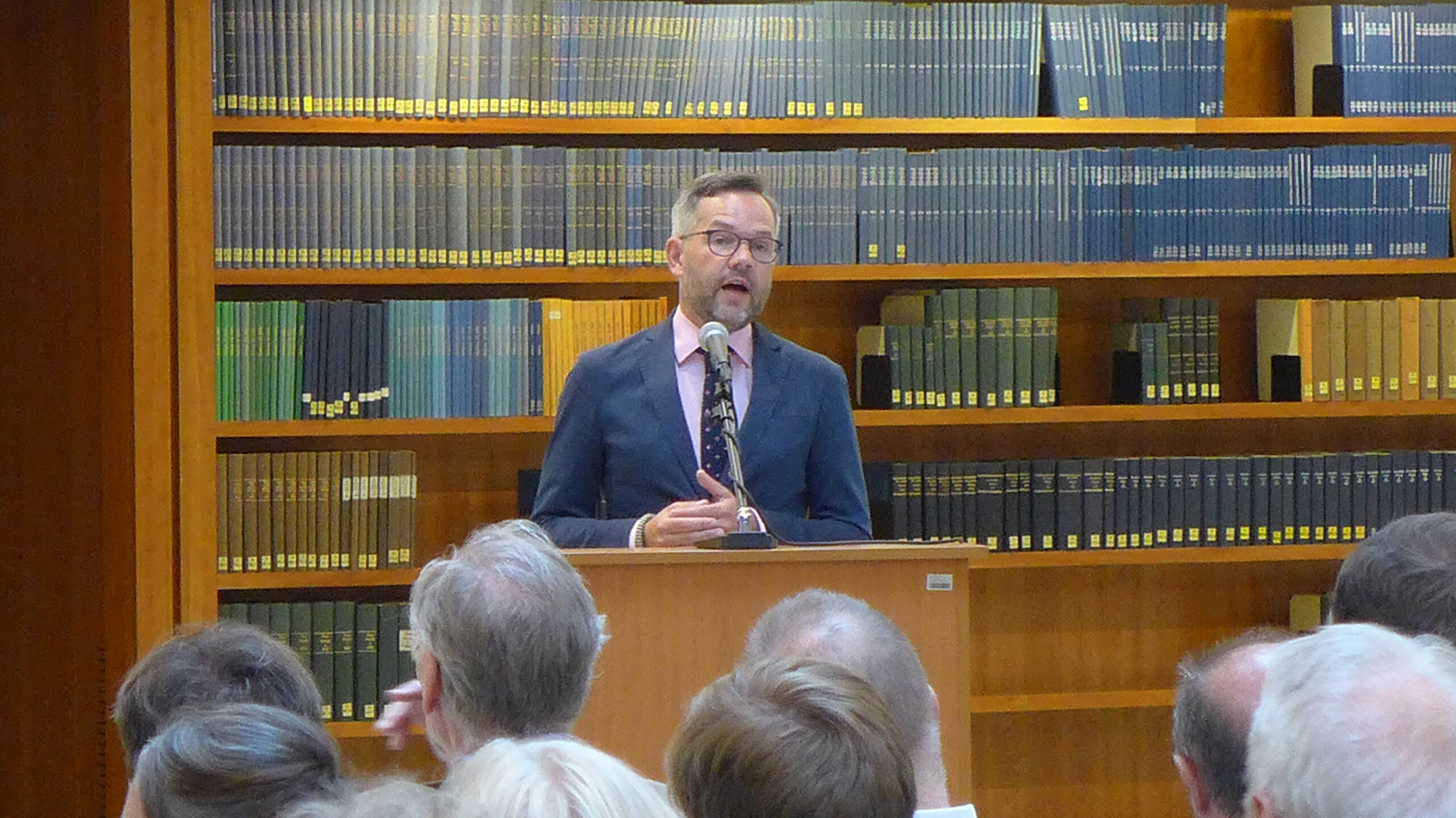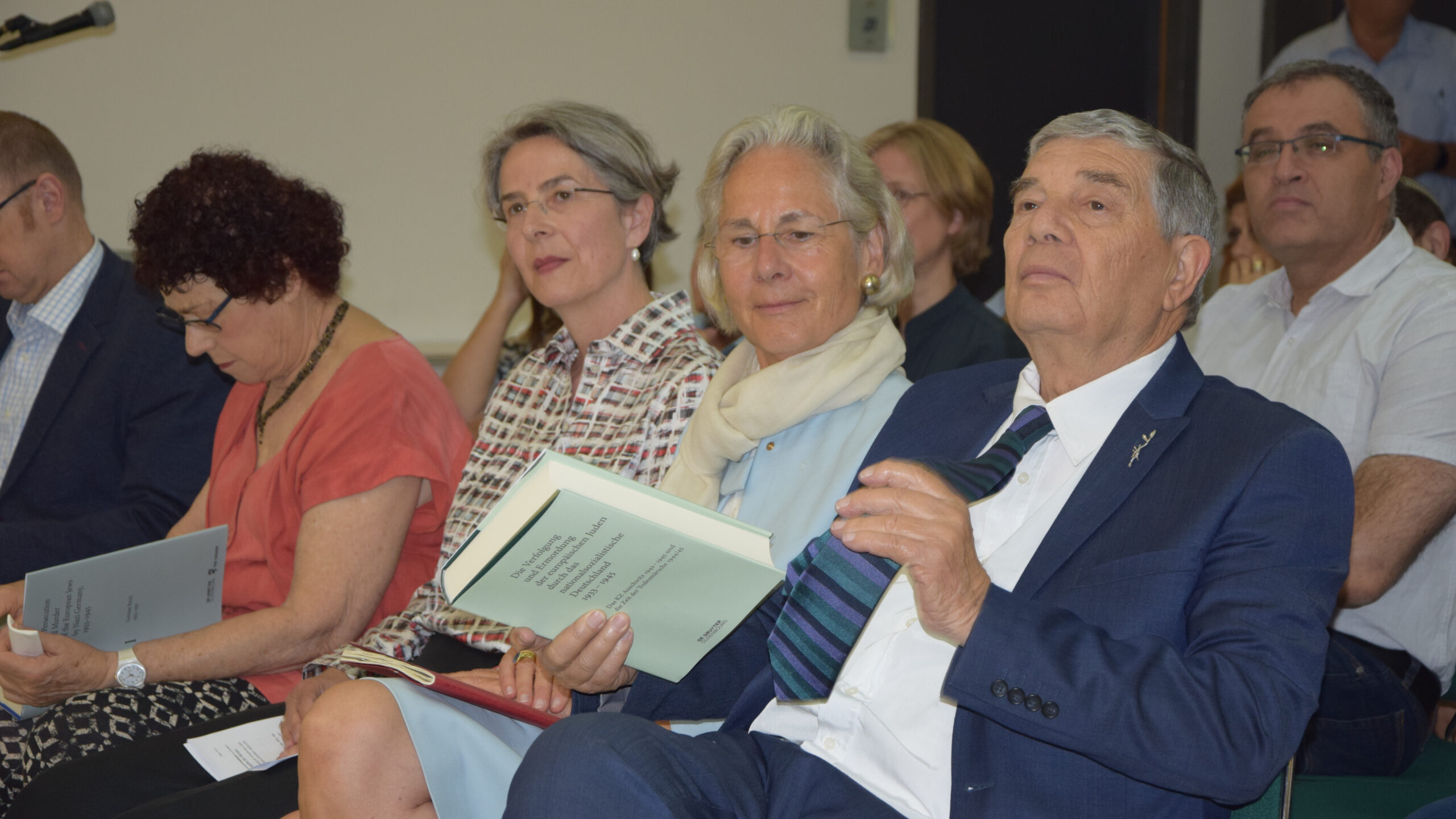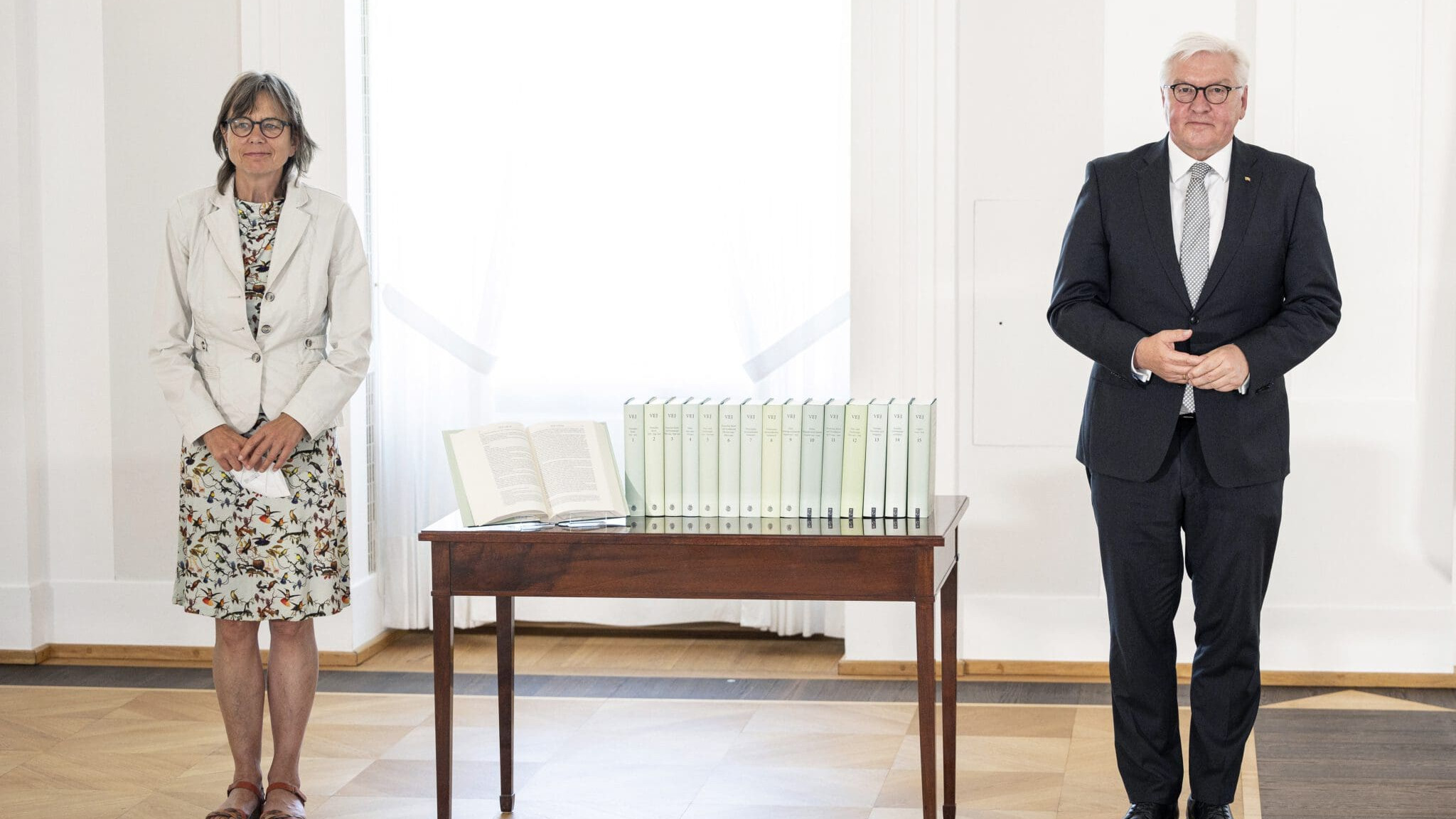The beginning
In 2004 a joint initiative to produce a multivolume edition of historical documents in German on the history of the Holocaust – Die Verfolgung und Ermordung der europäischen Juden durch das nationalsozialistische Deutschland, 1933–1945 (VEJ) – was launched by the Leibniz Institute for Contemporary History, the Chair for Modern History at the University of Freiburg, and the German Federal Archives. The S. Fischer Foundation provided funding for the initial phase of one year, with funding for the project subsequently secured thereafter from the German Research Foundation (DFG). The 2004 decision was a response both to the situation regarding the publication of documents on the persecution and murder of the European Jews, and to developments in Holocaust research and commemoration.
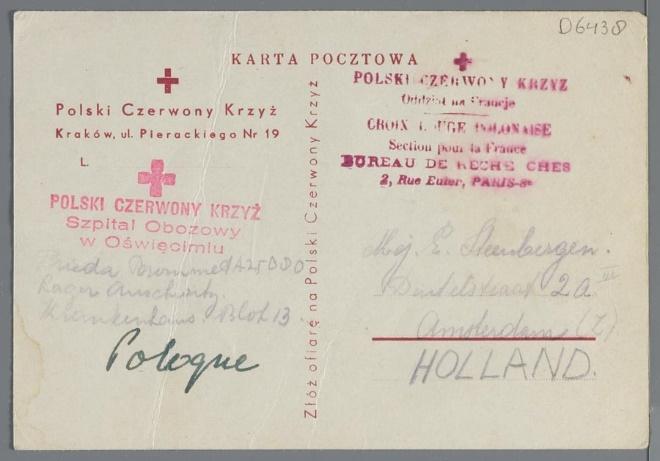
From VEJ to PMJ
The VEJ volumes, the last of which was published in 2021, have been enthusiastically received both in Germany and abroad. The first volumes to appear were presented at the International Institute for Holocaust Research at Yad Vashem in Jerusalem in December 2011 and at the United States Holocaust Memorial Museum in Washington in April 2013. Already at that stage, there were calls for an English-language edition, known as The Persecution and Murder of the European Jews by Nazi Germany, 1933–1945 (PMJ). Plans were laid for a new project. They involved appointing an International Advisory Board to add to the existing expertise of the Editorial Board, and securing the International Institute for Holocaust Research at Yad Vashem in Jerusalem as an additional partner for the project. This collaboration serves to strengthen the Jewish history element in the volumes and particularly in the introductions. In 2014 the editors of the German edition secured funding for an English edition from the German Research Foundation (DFG) and the project got under way. Work on the PMJ volumes continues to this day.
Each PMJ volume contains the same documents as the VEJ edition, but all documents are translated into English instead from the original source. The introduction to each volume is revised and updated in consultation with all the editors and with Yad Vashem colleagues in order to take findings from the most recent research into account and to include references to scholarly literature in English. The glossary for each volume is expanded and adapted for an Anglophone audience, and each volume is provided with a full thematic index in line with standard practice in Anglophone reference works.
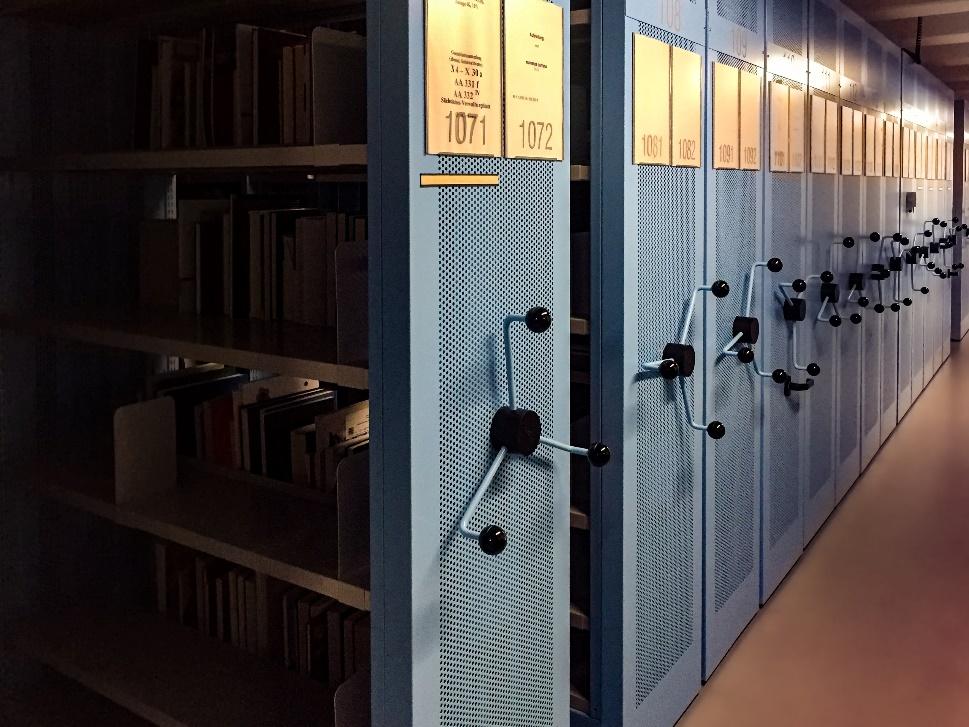
Opening of archives
Countless records on the murder of the European Jews survived Nazi efforts in early 1945 to destroy evidence of their crimes. Meanwhile, many Jews had recorded the onset and escalation of their persecution, and non-Jewish individuals and organizations had responded in written form to contemporary events. Since the Second World War, many important collections of documents on the Holocaust have been published, often covering a particular country or a key set of sources (e.g. the Ringelblum archive). But the initiators of the VEJ project felt there was still no comprehensive scholarly edition of documents covering the whole of Nazi-dominated Europe. Meanwhile, new documents were becoming available through the opening of archives in eastern and south-eastern Europe after the fall of Communism.
Multiple perspectives
The original VEJ project was also inspired by historians’ ever-growing knowledge of local and regional sites of the Holocaust and by the idea advocated and practised by Saul Friedländer of an ‘integrated history’: a multi-perspective approach encompassing documents generated by perpetrators, Jewish victims, and non-Jewish observers. Each VEJ and PMJ volume, within its geographical and chronological framework, follows the principle of integrating different perspectives while benefiting from the enormous growth of specialist knowledge since the 1990s.
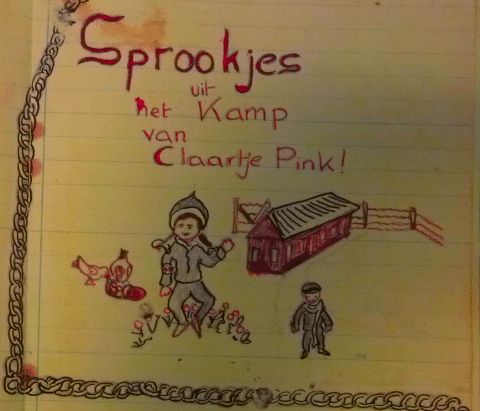
Untapped sources
The VEJ and PMJ projects are driven by the conviction that the Holocaust is still not fully understood as a Europe-wide event and that fresh insights can be gained through detailed engagement with diverse and often unfamiliar sources. The volumes therefore include not only documents that are already widely known as key steps in the escalation of Nazi persecution into genocide, but also a wealth of hitherto little-known items from largely untapped archives and private collections.

